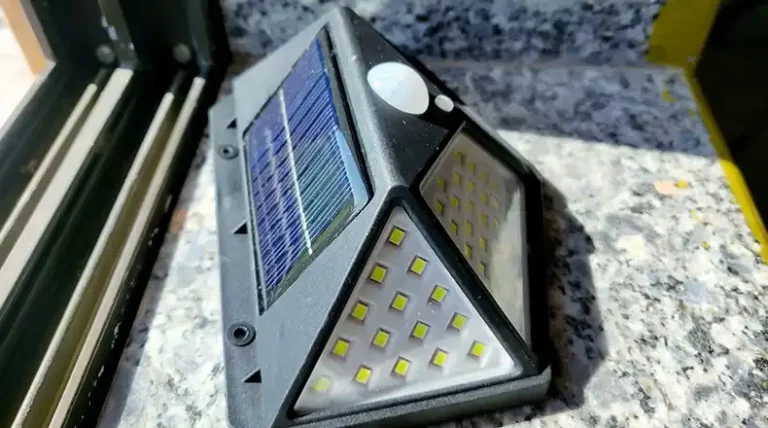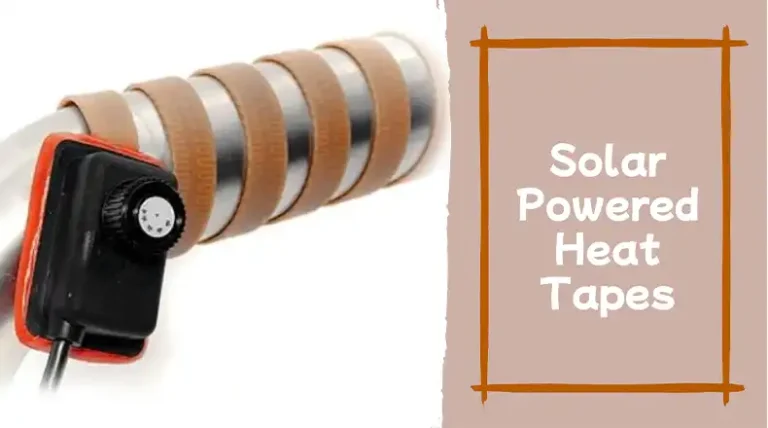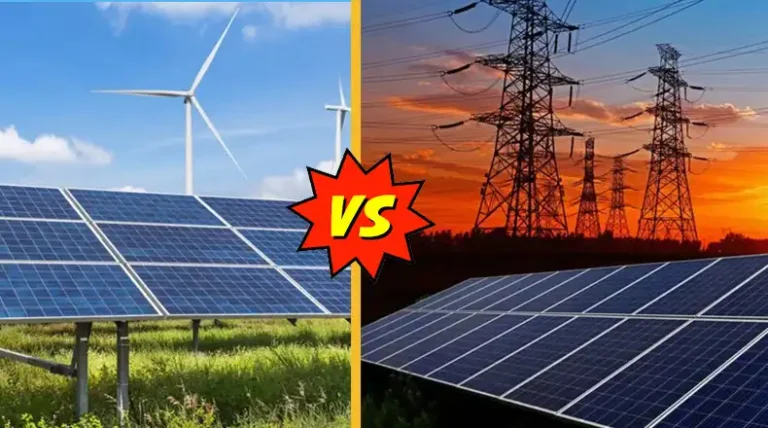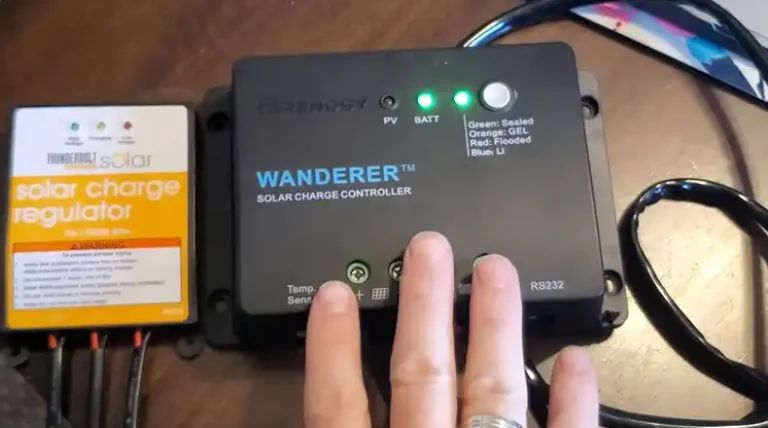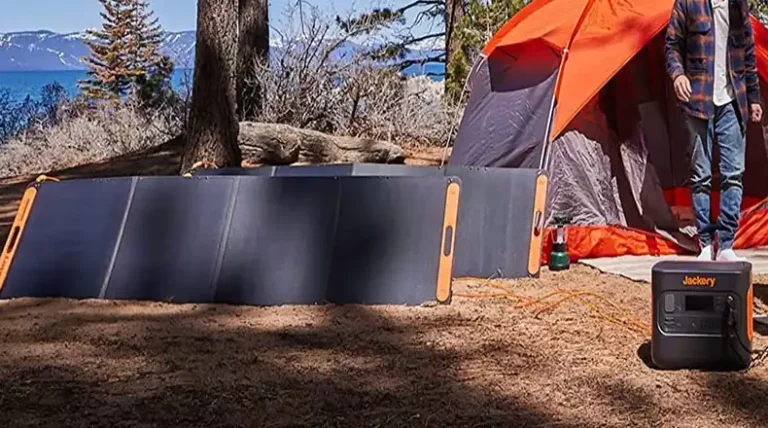[Exploring] Can a Solar Generator Run an Electric Blanket?
Staying warm during cold winter nights can be a challenge, especially when power outages occur. Electric blankets provide comforting warmth but require electricity to operate. With increasing extreme weather events causing grid failures, many wonder if a solar generator can reliably power an electric blanket.
Here is the good news for you – yes, most quality solar generators can run an electric blanket without issues. However, there are some key factors to consider regarding the solar generator’s capacity, the electric blanket’s power draw, and how to efficiently utilize the stored solar energy.
Read on to explore solar generator capabilities, electric blanket power needs, tips for optimal solar generator use, and recommendations for choosing the right system in detail.
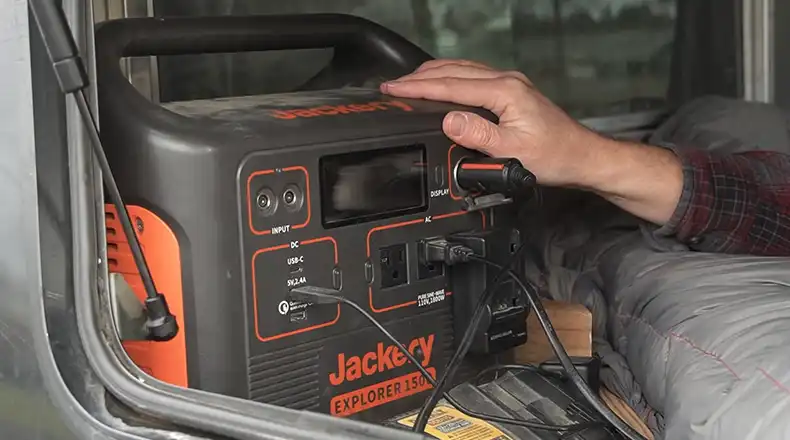
How Much Power Do Electric Blankets Use?
To understand if a solar generator can run an electric blanket, you first need to know how much power electric blankets require. Here are some key details on electric blanket power consumption:
- Wattage – Most electric blankets run between 50 to 200 watts. Higher wattage means more heat output.
- Amperage – The current draw is typically less than 2 amps.
- Voltage – Electric blankets operate on standard 120V household current in North America.
- Daily Usage – A typical electric blanket running on medium heat for 10 hours uses 500Wh to 1kWh per day.
So in summary, an electric blanket draws well under 200 watts and 2 amps at 120V and requires about 1kWh for 10 hours of use. These modest power needs are within the capabilities of most quality solar generators.
Solar Generator Power Capabilities
Solar generators contain batteries, inverters, outlets, and charge controllers to store solar energy and power appliances. Here are some key metrics to look for when choosing a solar generator for an electric blanket:
- Power Capacity – The continuous and surge wattage ratings should exceed an electric blanket’s power draw. Look for generators rated for at least 500 to 1,000 watts to provide a safety buffer.
- Battery Capacity – The batteries should store at least 1kWh to provide 10+ hours of electric blanket runtime. Lithium-ion batteries with 2,000Wh+ capacity are best.
- Output Voltage – 120V AC output is standard for powering electric blankets designed for wall outlets.
- Output Amps – Look for a 5A or greater continuous current rating to accommodate an electric blanket’s power needs.
- Charge Sources – Solar panels and/or AC wall charging allow the batteries to recharge each day. Dual charging makes it easier to keep the generator topped off.
As long as the solar generator exceeds the electric blanket’s wattage, amperage, voltage, and battery capacity requirements, it can reliably power an electric blanket off-grid.
Tips for Running an Electric Blanket with Solar Generator Power
Once you’ve selected an appropriate solar generator, there are some usage tips to optimize your electric blanket runtime:
- Recharge the generator fully each day to ensure adequate overnight power. Solar panels and/or AC wall charging can top off the batteries.
- Use a low or medium heat setting on the electric blanket to minimize power consumption. This preserves battery capacity.
- Insulate windows and doors to retain heat in the room so the blanket doesn’t have to work as hard.
- Nestle under the blanket to capture radiant heat. Layering with sheets and comforters also helps retain warmth.
- If the battery runs low overnight, switch to a weaker heat setting to eke out the remaining power.
- Turn off the electric blanket before exiting the bed to conserve power.
- Consider wiring multiple blankets in parallel off the generator if it has sufficient capacity. This allows each blanket to draw less total current.
Using these tips, a quality solar generator paired with a conservative electric blanket setting can provide all-night off-grid power.
Pros and Cons of Using a Solar Generator for an Electric Blanket
Pros:
- Provides off-grid power during grid failures to keep the electric blanket operational
- Renewable solar energy is free once the system is purchased
- Solar generators are portable for use in homes, cabins, or camping
- Limits reliance on fuel generators which require maintenance and fuel
- Batteries store enough energy to power electric blankets all night
- Can also charge phones, lights, and other devices from the solar generator
Cons:
- High upfront cost of purchasing solar generator system
- Blanket won’t heat if clouds block the sun from charging the generator
- Gas generators provide backup if batteries are depleted
- Requires proper generator sizing for electric blanket power needs
- Cold weather reduces solar efficiency and battery performance
- Stationary solar panels can get covered in snow and need cleaning
Top Solar Generator Picks for Electric Blankets
Here are some top solar generators that work well for powering electric blankets:
Jackery Explorer 1500
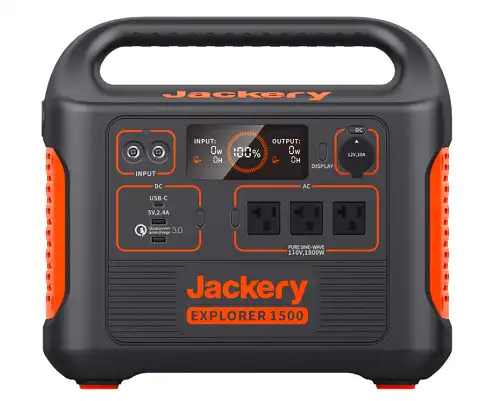
The Jackery Explorer 1500 features:
- 1802Wh lithium-ion battery capacity
- 1800W surge / 1500W continuous power
- Multiple 120V AC outlets
- 500W+ solar charging
- 10 hours+ run time for an electric blanket
With ample power and battery storage, this generator can easily handle an electric blanket plus other appliances.
Anker 757 Powerhouse
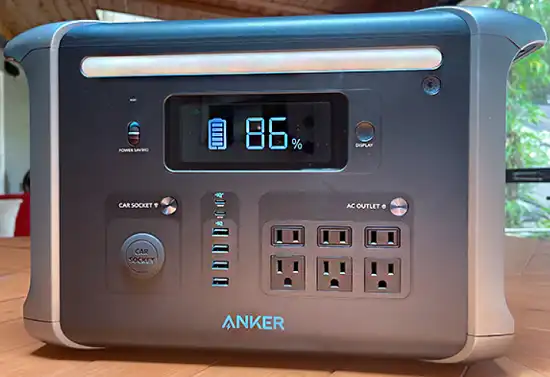
The Anker 757 Powerhouse provides:
- 2048Wh LiFePO4 battery capacity
- 1800W surge / 1500W continuous power
- 120V AC outlets and 5V USB ports
- 400W solar input with portable panels
- 10-12 hours electric blanket runtime
This is an affordable mid-size solar generator well-suited for electric blankets.
Goal Zero Yeti 3000X
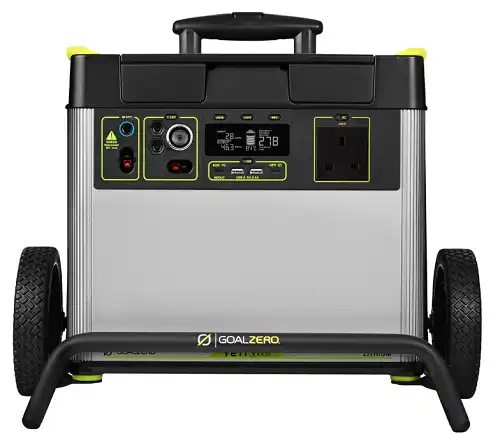
The Yeti 3000X features:
- 3072Wh lithium battery capacity
- 3000W surge / 2500W continuous power
- 120V AC and 12V DC outlets
- 200W+ MPPT solar charging
- 15+ hours of electric blanket runtime
With a rugged portable design and large power capacity, this is a superb solar generator for electric blankets and other essential home appliances.
Can a Small Solar Generator Run an Electric Blanket?
Small compact solar generators with lower power capacity may struggle to run an electric blanket continuously overnight. Here are some guidelines:
- Look for 400Wh+ battery capacity for 8+ hours of potential electric blanket runtime.
- Ensure the continuous power rating exceeds 200W to accommodate an electric blanket’s power draw.
- Supplement with wall charging during the day to help smaller batteries last all night.
- Use a lower heat setting and insulate well to reduce the electric blanket’s energy consumption.
For short-term power outages, a smaller generator may suffice to run an electric blanket for a few hours. But for reliable overnight operation, a larger unit with greater battery storage is recommended.
Commonly Asked Questions and Answers
What Size Solar Generator Do I Need For An Electric Blanket?
A solar generator with 1000 to 1500-watt hours of battery storage is ideal for powering an electric blanket through the night. The continuous power rating should be at least 500 watts. A model like the Jackery 1500 or Anker 757 is well-suited for electric blankets.
How Long Will A 500wh Solar Generator Run An Electric Blanket?
A 500-watt hour solar generator can run a typical 50-100-watt electric blanket for 5-10 hours. This may work for short evening power outages, but won’t last all night. For continuous overnight operation, a larger 1000Wh+ capacity generator is recommended.
Can I Connect Multiple Electric Blankets To One Solar Generator?
You can potentially connect multiple electric blankets in parallel to a sufficiently powerful solar generator. This divides the current across each blanket. For example, two 100W blankets could draw 50W each from a 500W+ generator. Ensure the unit has enough capacity and outlets to support the total power draw.
Is A Lithium Or Agm Battery Best For A Diy Solar Generator?
Lithium iron phosphate batteries are the top choice for DIY solar generators because of their long cycle life, high efficiency, and steady voltage delivery compared to lead-acid AGM batteries. Just ensure you include a proper lithium charge controller in the system.
Conclusion
Reliably powering an electric blanket from a solar generator is absolutely achievable with the right knowledge and equipment. By understanding electric blankets’ modest power requirements and selecting a generator with sufficient wattage, battery capacity, and outlets, you can stay cozy and warm even when the power grid is down. Follow the usage tips provided to optimize your solar generator’s performance and enjoy soothing off-grid heat all night long.
We hope this guide has shed light on whether or not a solar generator can effectively run an electric blanket. Please leave a comment below if you have any additional questions. And stay warm this winter season!

